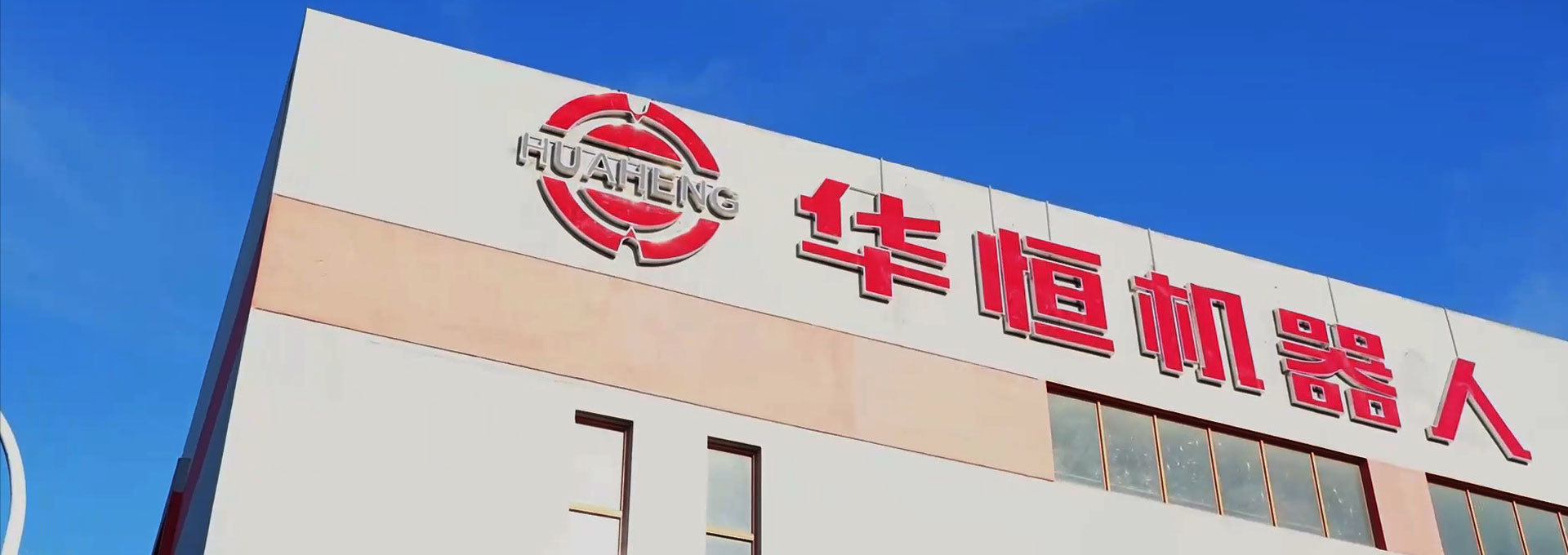Navigating the Future: The Rise of Robot Flexible Production Lines
Release time:
2025-04-22
Introduction
In the fast-paced, ever-evolving landscape of manufacturing, the term Robot flexible production line is becoming a household name. If you’ve ever wondered how factories are managing to boost efficiency while maintaining quality, then stick around! This article dives into the intricate world of robotic automation and how it’s reshaping the way we produce goods.
What is a Robot Flexible Production Line?
So, what’s all the fuss about? A Robot flexible production line refers to a system where robots are strategically integrated into manufacturing processes to create a versatile and adaptable workflow. Instead of being tied down to a single task, these robots can perform a variety of operations, from assembling components to quality inspection. Talk about multitasking!
Why Go Flexible?
Now, you might be asking, “Why should we care?” Well, here’s the scoop: flexibility in production lines means manufacturers can quickly adapt to changing market demands. For instance, if a new product hits the market, companies can reconfigure their robot flexible production lines in no time! This adaptability not only saves time but also cuts costs. It’s a win-win situation!
Benefits of Robot Flexible Production Lines
- Increased Efficiency: Robots don’t need coffee breaks! They work tirelessly and can operate 24/7, leading to higher output.
- Improved Quality: With precision programming, robots minimize errors, ensuring that every product meets high standards.
- Cost-Effectiveness: By reducing labor costs and waste, businesses can see significant savings.
- Enhanced Safety: Robots can handle dangerous tasks, keeping human workers safe and sound.
Challenges on the Horizon
Of course, it’s not all rainbows and butterflies. Implementing a Robot flexible production line comes with its own set of challenges. For one, the initial investment can be hefty. Businesses need to weigh their options carefully. Additionally, there’s the need for skilled personnel who can manage and maintain these systems. But, hey, every cloud has a silver lining, right? The long-term gains often outweigh the upfront costs.
Real-World Applications
Let’s take a peek at some industries that are already reaping the benefits of robot flexible production lines:
- Automotive: Car manufacturers use robotic arms for assembly, painting, and even quality checks.
- Electronics: From smartphones to laptops, robots help in assembling intricate components quickly and accurately.
- Food and Beverage: Robots handle packaging and sorting, ensuring products are ready for shelves in record time.
The Future is Bright
As technology advances, the capabilities of a Robot flexible production line will only grow. We’ll see smarter robots equipped with AI, capable of learning and adapting to new tasks in real-time. Can you imagine a factory where robots communicate and coordinate with each other? Sounds like something out of a sci-fi movie, doesn’t it?
Conclusion
In a nutshell, the robot flexible production line is revolutionizing how we think about manufacturing. It’s all about efficiency, adaptability, and meeting consumer demands head-on. As we continue to embrace this technology, one thing’s for sure: the future of production is here, and it’s looking pretty darn exciting!
Latest News
Xuzhou Huaheng Robotics Co., Ltd.
Phone: 0086-516-66882288
Kunshan Huaheng Robotics Co., Ltd.
Phone: 0086-512-87880678

Focus on Robot Division

Huaheng mobile phone terminal

Huaheng Company Public Number
Copyright © 2024 Xuzhou Huaheng Robotics Co., Ltd. All Rights Reserved


